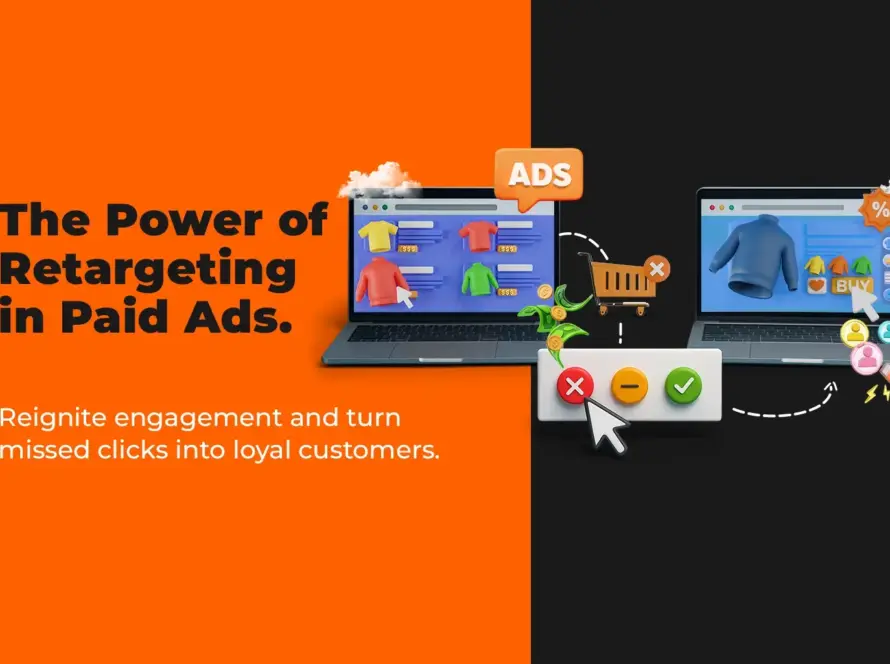What Is User Generated Content (UGC) in Social Media?
User-Generated Content (UGC) refers to photos, videos, reviews, or posts created by customers and fans rather than the brand itself. It showcases real experiences and builds authenticity. At Omega Trove, we help brands harness UGC to strengthen trust, engagement, and community-driven growth.
What Does UGC Mean in Social Media Management?
In social media management, UGC is the voice of the customer. For example:
- A customer tags a clothing brand in a selfie wearing their new outfit.
- A restaurant reposts a diner’s Instagram Story highlighting their meal.
Consultants use UGC to amplify social proof and extend reach while creating relatable, authentic content.
Why UGC Matters for Business Strategy
UGC is more than free content — it’s social validation.
Benefits of UGC:
- Builds trust through authentic customer voices
- Increases engagement and shares
- Expands brand reach with organic advocacy
- Reduces content creation costs
- Strengthens loyalty by involving customers in storytelling
How Omega Trove Leverages UGC
Omega Trove incorporates UGC into clarity-first, community-focused strategies:
- Encouraging customers to use branded hashtags
- Reposting customer content with proper credit
- Running campaigns that invite reviews, stories, or challenges
- Highlighting UGC across websites, ads, and social platforms
- Tracking UGC engagement to refine content strategies
Learn more about our Social Media Management services.
Related Terms You Should Know
- Hashtag Strategy – Branded hashtags encourage UGC.
- Influencer Collaboration – A structured form of UGC creation.
- Engagement Rate – UGC often performs better than brand-created posts.
Frequently Asked Questions
What is UGC in social media?
User-Generated Content (UGC) is content created by customers or fans—such as photos, videos, testimonials, or reviews—rather than by the brand itself. UGC reflects real-life experiences and often appears more authentic and trustworthy to audiences.
Why is UGC valuable for brands?
UGC builds authenticity and trust. It shows potential customers that real people enjoy the product or service. Additionally, it:
- Boosts credibility through social proof
- Encourages higher engagement rates
- Enhances relatability across platforms
- Reduces the need for in-house content production
This makes UGC a powerful asset for community-driven marketing.
How can brands encourage user-generated content?
Brands can encourage UGC by:
- Creating branded hashtags for customers to tag
- Running contests or giveaways with content-based entry
- Asking for reviews or unboxing photos
- Offering incentives like discounts or reposts
The key is to make participation easy and rewarding.
Does UGC improve engagement?
Yes. UGC typically outperforms brand-generated content in terms of likes, shares, and comments. Audiences are more likely to engage with real experiences than traditional marketing visuals or copy.
Can user-generated content be used in ads?
Absolutely. With proper permission, UGC can be repurposed for:
- Paid social media ads
- Website testimonials or sliders
- Email marketing
- Product pages to showcase social proof
UGC in ads feels relatable and drives higher conversion rates.
How do you properly credit UGC creators?
Always tag and mention the original creator when sharing their content. In captions or stories:
- Use their handle clearly
- Thank them for sharing
- Ensure you have their permission, especially for commercial use
Proper attribution builds trust and encourages further participation.
Which platforms benefit most from UGC?
UGC performs well across all social platforms, but especially on:
- Instagram: Reposts, Stories, and tagged content
- TikTok: Duets, reactions, and customer reviews
- Facebook: Community photo albums and reviews
- LinkedIn: Testimonial videos or customer spotlights
- Google Reviews: Especially for local businesses
Visual platforms tend to showcase UGC most effectively.
Is user-generated content always free?
Often yes, but some brands incentivize participation with:
- Discounts
- Shout-outs or features
- Exclusive access to new products
- Points or loyalty programs
Even when unpaid, UGC delivers strong value for relatively low effort.
How does UGC affect brand reputation?
UGC strengthens brand reputation by:
- Showcasing positive real-world experiences
- Humanizing the brand through customer stories
- Demonstrating transparency and community involvement
- Building trust with skeptical or first-time buyers
However, it’s important to moderate and curate content to align with brand messaging.
What’s an example of UGC in action?
A coffee shop encourages customers to tag their drinks using #SipLocal. The shop then reposts customer photos weekly, creating a steady stream of relatable, authentic content that boosts engagement and strengthens brand community.


